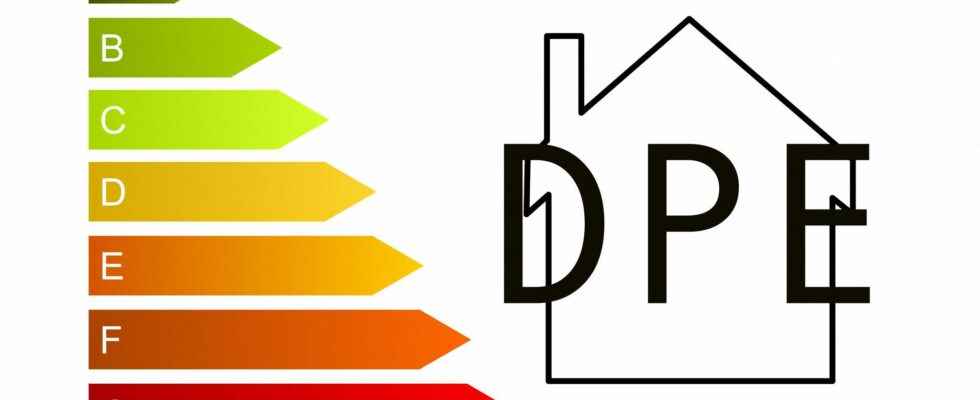Under the Climate and Resilience Law, the most energy-intensive homes, below the energy indecency threshold, can no longer be rented from Sunday January 1, 2023. Around 90,000 homes, which consume more than 450 kilowatt hours per year per square meter, are part of these thermal strainers.
Tenants, occupying a thermal sieve consuming more than 450 kilowatt hours per year per square meter, will be entitled, if necessary, to exercise the usual remedies against indecent housing by seizing the court. The latter can then force the landlord to do work, reduce the rent or pay damages to the tenant.
Since August 2022, owners of housing with energy label F or G can no longer increase their rent. These are the two worst classes of the energy performance diagnosis (DPE): dwellings consuming more than 330 kilowatt hours per square meter per year or emitting more than 70 kg of CO2 equivalent per square meter per year. Note that a DPE carried out between January 1, 2013 and December 31, 2017 will no longer be valid after December 31, 2022. Owners will therefore have to carry out a new DPE to rent their property after January 1, 2023.
In 2025, all housing classified G (i.e. 7% of the stock of main residences currently) will be prohibited from rental, then F in 2028 (10%) and E in 2034 (22%). According to the new method of calculating the energy performance diagnosis (DPE), which since 2021 labels housing from A to G according to their energy consumption and their level of greenhouse gas emissions, in total 17, 3% of the stock of main residences is thus classified F or G.
Sales of F or G homes on the rise
If these measures are supposed to encourage landlords to renovate their homes, professionals fear that some will withdraw them from the market. According to a survey of professionals commissioned by Fnaim, only 32% of owners of F and G housing currently choose to renovate it, and 26% to sell it. Housing labeled F or G represented 17% of sales concluded in the third quarter of 2022, compared to 11% a year earlier, according to calculations by the High Council of Notaries presented on December 15.
To achieve the climate objectives set by France, the entire French building stock must be transformed into “low-energy buildings” by 2050, roughly equivalent to categories A and B, which today represent 2 and 3% of the park respectively. The use of buildings represents a fifth of France’s greenhouse gas emissions.
The quest for this Holy Grail has largely gone through the transformation in 2020 of the complex energy transition tax credit (CITE) into MaPrimeRénov ‘, supposed to simplify household procedures and boost demand. Led by the National Housing Agency (Anah), MaPrimeRénov’, with a budget of 2.5 billion euros in 2023, aims to help French people, whatever their income, to renovate their homes to reduce their energy consumption and greenhouse gas emissions.
The ceilings for works that can be financed by the public energy renovation aid scheme MaPrimeRénov’ will be revalued on February 1, 2023, to take account of the price increase, the government announced on Thursday, December 22. Another development, from January 1, 2023: “MaPrimeRénov’ will no longer subsidize the purchase of gas boilers, including those with very high energy performance”, underlined the government.
More than 5 million energy strainers in France
About half of Ile-de-France housing is threatened by the future ban on renting energy-intensive properties, revealed a study by Insee and the Paris Region Institute published on October 13, 2022. According to this study, 45% of main residences in Ile-de-France fell into one of the three energy classes (E, F, G) in 2018. A figure that rises to 55% for private rental housing, and 48% for owner-occupied housing. Social housing, more centrally managed, is the best student with only 29% of labels E, F or G.
France has 5.2 million energy strainers out of 30 million main residences, more than in the previous estimate in 2018, according to a study by the National Observatory for Energy Renovation (ONRE).
The share of “energy sieves” is higher among second homes (32%, or 1.2 million dwellings) and among vacant dwellings (27%, or 0.8 million dwellings). In January 2018, the ONRE estimated the number of energy strainers at 4.8 million among main residences, or 16.7% of the stock.
